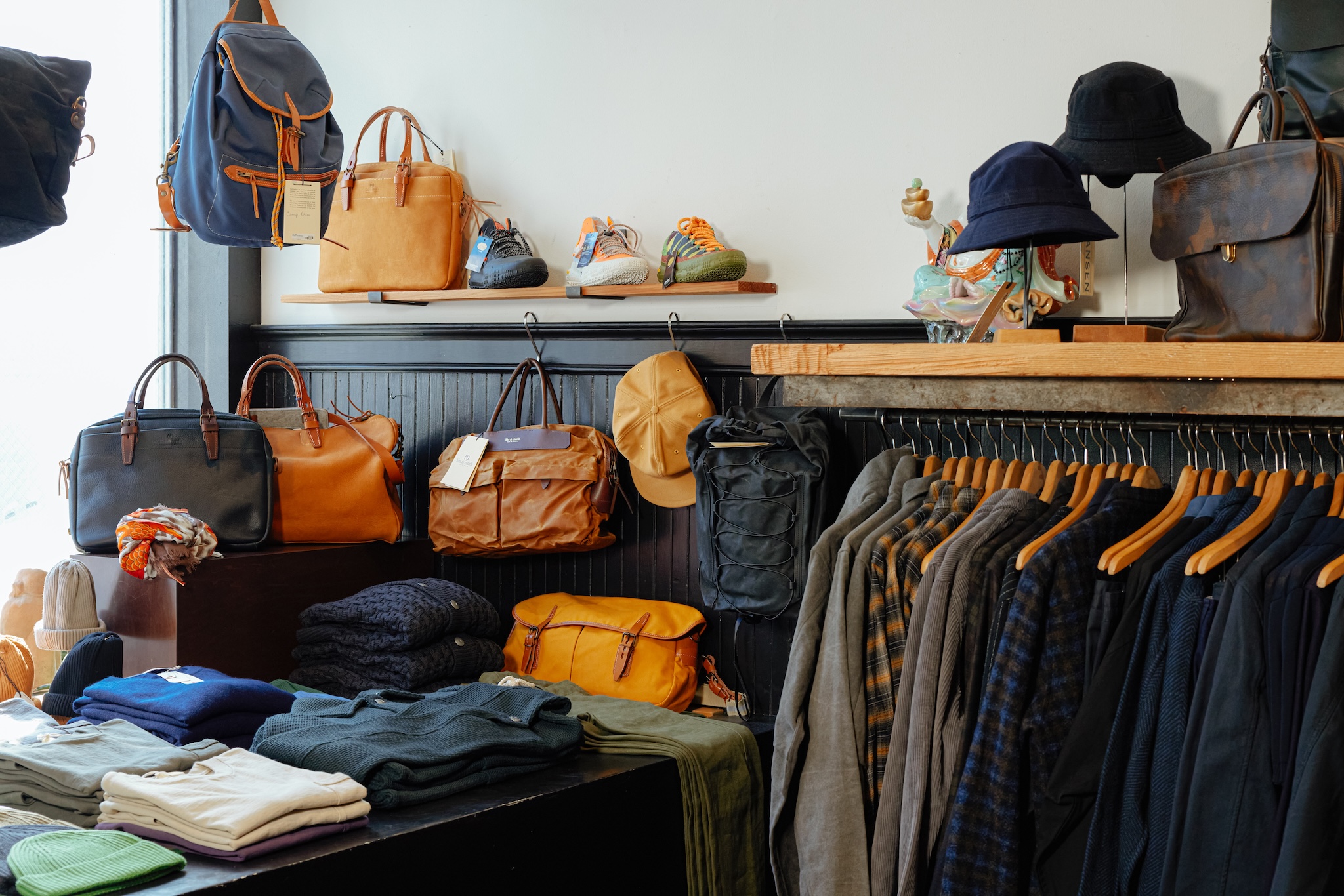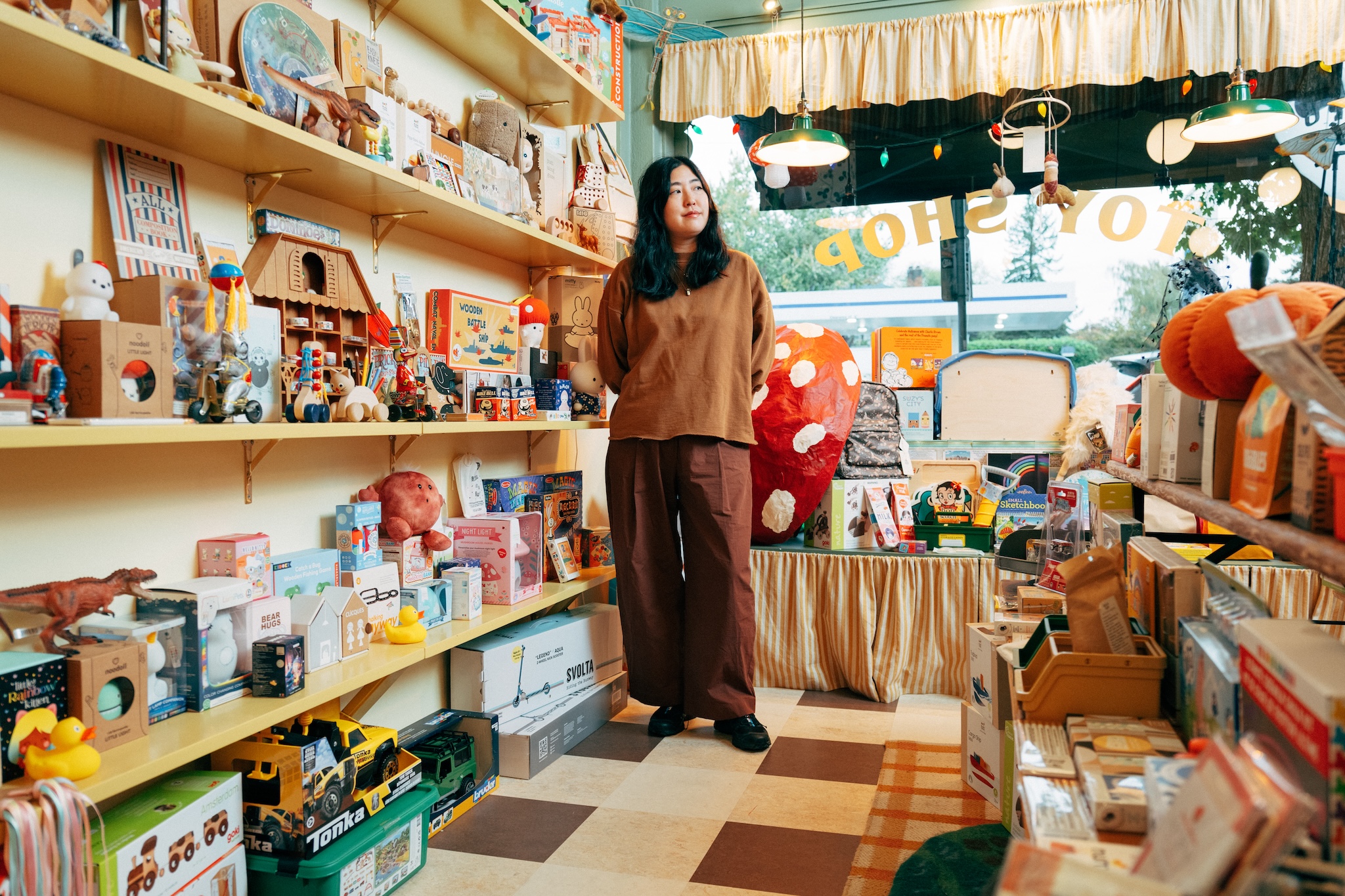

When a customer visits your store, their overall impression and their enjoyment have an enormous impact on their behavior. In fact, 82% of shoppers say that they’ve recommended a store based on an excellent customer experience. Happy customers can mean more loyalty to your shop, return visits, and word-of-mouth recommendations.
You have the power to make your shoppers’ visit to your store a special one. Think about all the elements that make up a pleasant shopping trip. In your favorite boutique, for instance, you might notice a light scent in the air, uncluttered pine shelving, and soft cashmere sweaters attractively displayed. The staff members are knowledgeable and welcoming, and checkout is a breeze.
There’s a lot of thought and consideration that goes into creating a frictionless, fun, and aspirational experience in a store, and we’ve broken down some steps below.
What is retail customer experience?
The customer experience is the shopper’s overall impression of your store, and it’s affected by everything from music to signage to the return process. Every step of the way from “hello” to checkout is a chance to make a good impression on a customer. The customer experience is not just about selling products, it’s also about creating memorable moments and positive feelings in your customers.
Even if your business is primarily online, you can reduce friction and ensure your website and e-commerce site are easy and pleasant to use. Unlike larger chains, independent stores often pride themselves on their unique, personalized shopping journey and are carefully curated to reflect their character and values. Some elements that affect a customer’s visit to a store include the design and layout, the products themselves, and interactions with staff members.
The role of customer service in retail
When you think of excellent service you’ve had throughout your life, what stands out? Usually, you were made to feel valued, your needs were met, and you felt you were in good hands. Quality customer service means addressing the immediate needRs or desires of shoppers through every part of the shopping process. While customer experience encompasses an overall impression, including store aesthetic, customer service is all about employee/shopper interactions. In a physical retail store, customer service includes greeting customers, helping them find products, answering any questions they have about items, checking out their purchases, handling returns, and resolving complaints.
Factoring in customer service will shape everything from hiring your first employee to choosing your Point of Sale system.
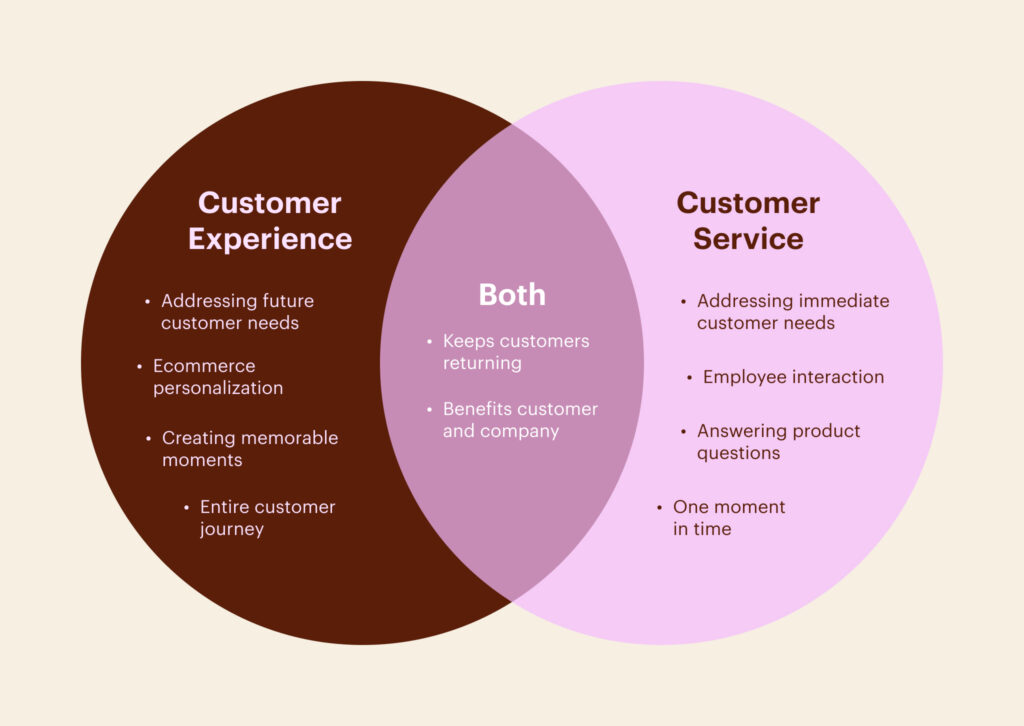
6 tips to improve customer experience in retail stores
There are plenty of big and small ways to make the experience of shopping in your store a memorable one. Even implementing a few of these changes can make a big impact.
1. Ensure a seamless shopping experience
Efficiency and convenience might not always be top of mind, but looking at ways to smooth out a shopper’s journey can be a very powerful way to make their visit pleasant.
First and foremost, ensure that your checkout process is quick and hassle-free. An efficient POS system and well-trained staff can go a long way to reduce friction. Be sure to implement a clear and customer-friendly policy for returns and exchanges to significantly boost customer trust and satisfaction.
Introducing loyalty cards is a smart way to reward returning customers, encouraging repeat visits and showing that you value their patronage.
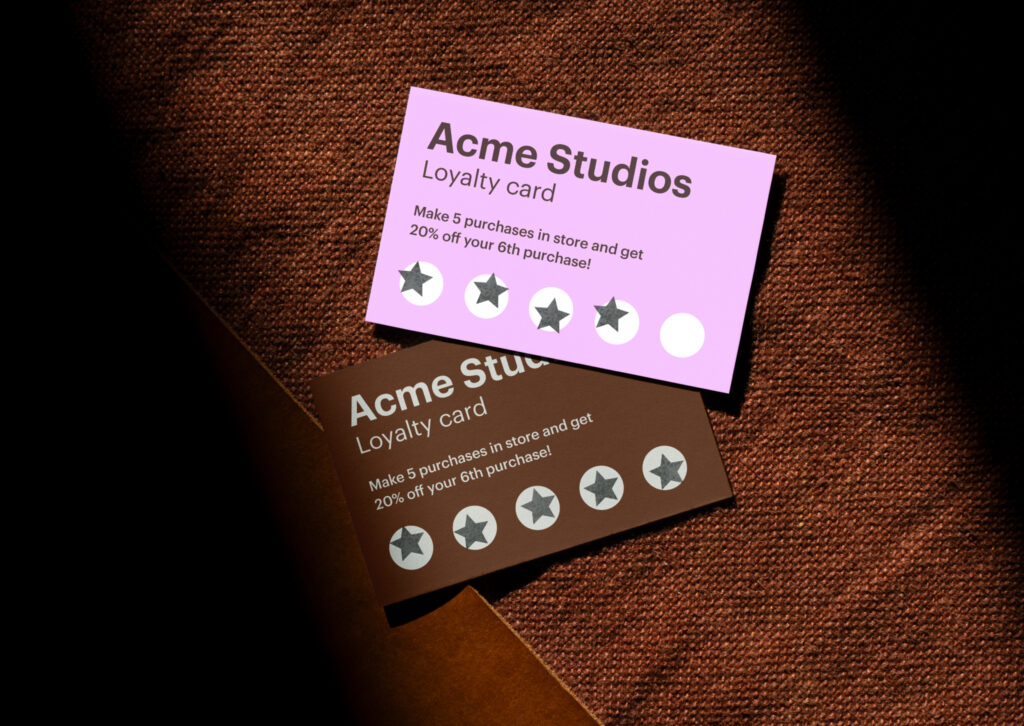
2. Create a welcoming atmosphere
Look around your store and try to imagine coming in for the first time. Make sure there is a friendly face behind the counter to offer a warm greeting and to help find products. Everything should be clearly marked, and browsers should be able to wind their way through the store naturally. For your more unique items, set up explainer cards to give useful background and context.
Once those basics are taken care of, you can look a little deeper. If your store values inclusion and diversity, make sure that is communicated by your products and decor—think everything from having a pride flag in the window to selling items from Black-owned businesses or children’s books in American Sign Language.
Our hope is that no matter how people identify, when they come into the shop, they’re able to see themselves reflected.
Justin Galicz, co-owner, Little Gay Shop
Austin-based Little Gay Shop sells art, apparel, books, magazines, and much more from exclusively queer vendors. More than just a store, owners Justin Galicz and Kirt Reynolds love that their business is also a pillar of the queer community.
To do this, they curate items that represent a diverse range of perspectives. They also host all-ages events without alcohol and shows that spotlight Black and queer-identifying performers.
“Our hope is that no matter how people identify, when they come into the shop, they’re able to see themselves reflected,” Justin said.
3. Engage the five senses for a memorable visit
If someone were to describe your store, what words would you hope they’d use? Do you want your store to feel fun, relaxing, eclectic, or cozy? Whatever descriptive words resonate with you can be a north star when you set up your space. They can help you make decisions about your store layout, choice of lighting, and product curation and presentation.
According to a report by the Journal of Retailing and Consumer Services, consumers stay up to 51% longer in retail spaces with multisensory cues. What kind of music do you play? Does your store have a signature scented candle burning at all times? What is the texture of your display shelves? Do you have bright neon lights or warm and soothing ones?

Brooklyn-based plant store Tula House offers customers a fresh customer experience inspired by a Cuban courtyard. Owners Christan Summers and Ivan Martinez want visitors to feel like they are entering a new world when they step through the door.
To achieve this, they ensure every shelf has a balance of texture, color, and negative space—shoppers are drawn in by what they see, but not too overwhelmed to look at each item.
“When you walk in, you can’t grasp the whole space in one view—you have to wind your way through the shop,” Ivan says. “We want you to stay here, to look at things, to really discover it.”
4. Use merchandising to tell a story
Think about who your ideal customer is and imagine what sort of shopping experience might attract them. You can set the tone of your store by creating a visual story with some standout products. For example, if you have a whimsical bookstore that sells collector’s editions of Moby Dick, you might make a display centered around an impressive whale sculpture—and sell smaller items like candles, bandanas, and even temporary tattoos inspired by the book.
San Antonio–based home goods store Rancho Diaz was inspired by Mario and Ginger Diaz’s travels in Oaxaca, Guanajuato, Mexico City, and its small surrounding villages. The result is an inviting space with a curated selection of eclectic home goods, local artifacts, and vintage art.
We like to source items that are handmade and have a special story to tell.
Ginger Diaz, co-owner, Rancho Diaz
To keep customers coming back, Mario and Ginger refresh the store with unique finds from their six annual trips to Mexico, which makes for a continuously fresh shopping experience for returning customers.
“What sets our store apart is that we find the smaller makers,” says Ginger. “We like to source items that are handmade and have a special story to tell.”
This type of considered and imaginative merchandising inspires curiosity and encourages shoppers to take their time exploring each shelf. Unexpected touches in your store create opportunities for serendipitous discovery, which makes shopping feel special and your store more likely to make a sale.
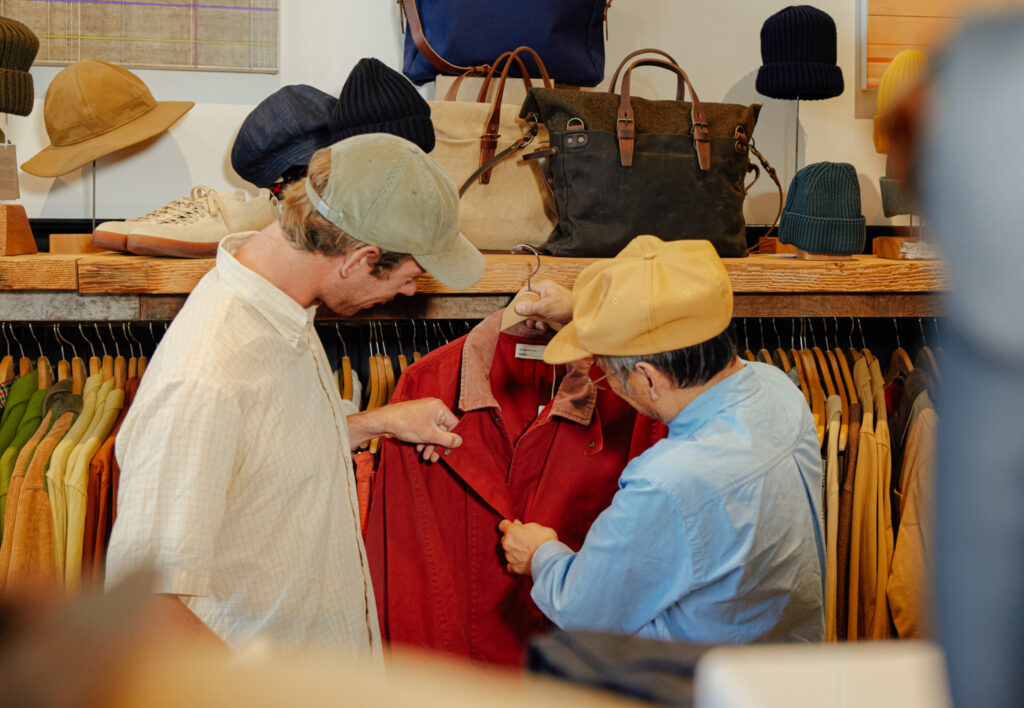
5. Build a community within your store
Most people love shopping with a friend, which makes a well-curated store the perfect setting to foster social interaction and connection. Retailers can encourage folks to spend more time in their stores by hosting events and product demonstrations. You might even host happy hours with live music to encourage socializing. Browsing through unique merchandise, chatting about the items, or attending in-store organized events all facilitate bonding and shared enjoyment.
For those looking to meet new people, independent stores often act as communal hubs where folks with similar interests gather together. Personalized attention from staff—who are usually passionate about their products and keen to share their knowledge—adds to the engaging environment, sparking conversations and connections among customers.
I became the connector, and in that, I think I gained the trust of my consumer and future consumers.
Keewa Kurullah, owner, Kido
Chicago-based children’s boutique Kido is built around the principles of diversity, sustainability, and originality—offering a customer experience rooted in education and inspiration. Customers are greeted with shelves that feature everything from puzzles of Chicago landmarks to a Stacey Abrams paper doll to T-shirts adorned with positive affirmations for children.
But store owner Keewa Nurullah knows that even more than a place to shop, parents are looking for a place to make friends, share stories, and deepen community ties. So she regularly hosts events like South Side Story Time and the New Mommy Meetup.
“Everyone was looking for where do families hang out, where do they connect?” says Keewa. “And so I became the connector, and in that, I think I gained the trust of my consumer and future consumers.”
This communal aspect turns shopping from a solitary activity into a social experience, with your store as the center of a community.
6. Hire, train, and retain the right employees
When it comes to good customer service, hiring the right staff is vital. Every interaction with shoppers should be consistent, engaging, and seamless, so employing enthusiastic workers is key. These moments are more than just transactional: They create a bond between the shopper and your store, enriching the overall shopping journey. According to Waitwhile’s 2023 Employee sentiment report, more than 50% of retail workers agree that the most meaningful part of their job is interacting with customers.
To set your staff up for success, invest in comprehensive training for your employees, and give them the knowledge and skills necessary to assist customers and genuinely connect with them. This might include sharing in-depth insights about products, providing the backstory about brands, or offering customized recommendations.
Perhaps most importantly, be sure to treat your staff well. Celebrate their successes, give them the benefit of the doubt, and foster an open, equitable environment. Employees who feel respected and well compensated are more likely to curate a pleasant atmosphere and are even more productive! Happy workers will stay with you longer, which means more in-store expertise too.
Final thoughts
As an independent retailer, you have the opportunity to make someone’s shopping experience more than just another errand. Your store can inspire, delight, and connect people in your community, and it all begins with you. Let your imagination lead you, make some practical improvements, and boost customer experience for all your shoppers.

